In the dusty corridors of paleontological history lies a remarkable story of scientific perseverance and evolving understanding. The Tully Monster (Tullimonstrum gregarium), discovered in the coal mining pits of Illinois in the 1950s, became one of paleontology’s most perplexing mysteries, confounding scientists for over a century. This bizarre creature’s true identity remained elusive through decades of research, technological advancement, and scientific debate. Its journey from discovery to classification highlights how science operates not in sudden breakthroughs but through careful, methodical progress spanning generations. The story of the Tully Monster reveals how even the most puzzling fossils eventually yield their secrets when examined with increasingly sophisticated tools and perspectives.
The Curious Discovery in Illinois Coal Mines
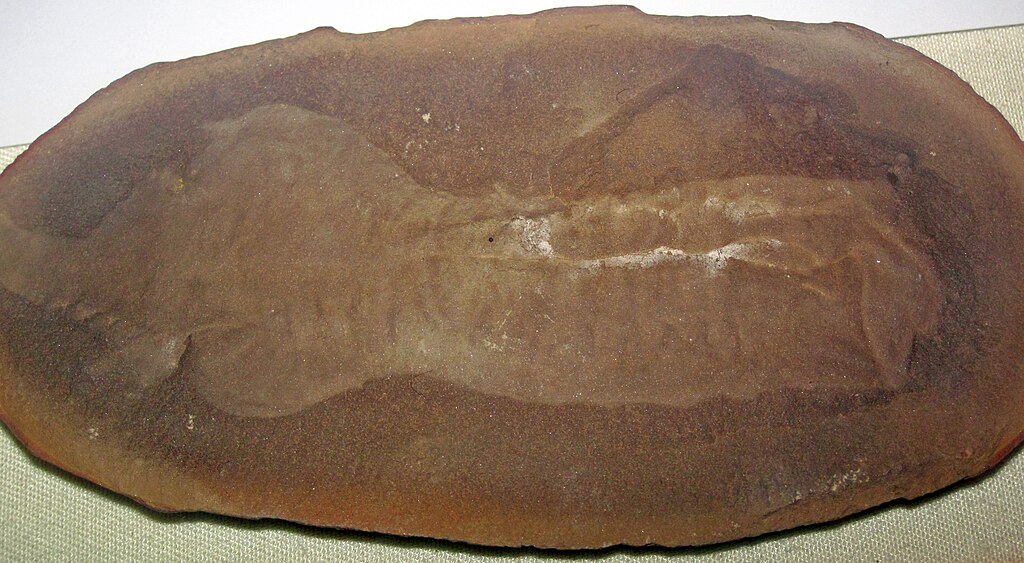
The story begins in the 1950s when amateur fossil collector Francis Tully stumbled upon strange fossils while exploring the Mazon Creek fossil beds in Illinois. What he found defied immediate classification – an elongated, soft-bodied creature with eyes perched on a rigid bar, a long proboscis ending in what appeared to be a toothed claw, and a segmented body. Baffled by his find, Tully brought the specimens to the Field Museum in Chicago, where paleontologists were equally perplexed. The creature was so unusual that scientists couldn’t confidently place it within any known animal group. This marked the beginning of a scientific mystery that would span generations, with the strange fossil being informally dubbed the “Tully Monster” after its discoverer.
The Mazon Creek Formation: A Fossil Time Capsule
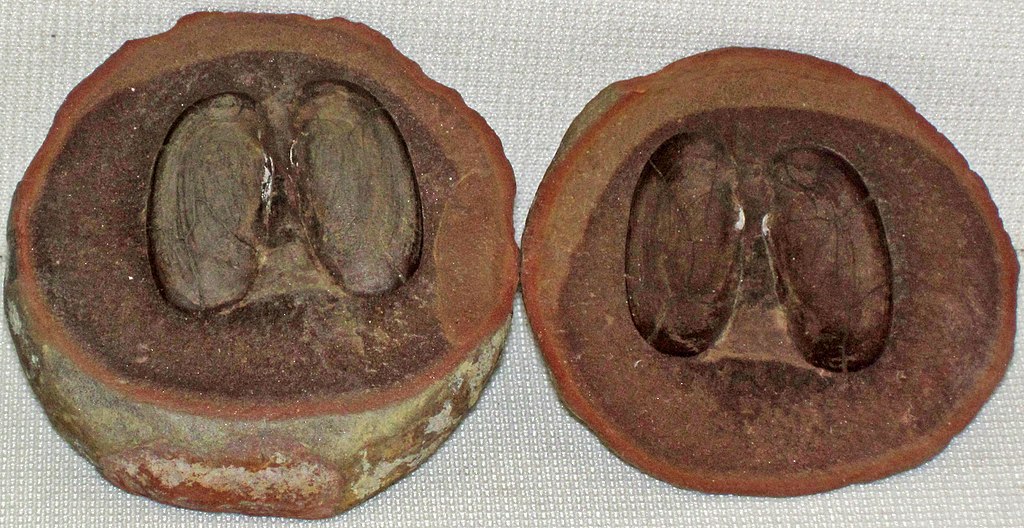
The environment that preserved the Tully Monster provides crucial context for understanding why this fossil remained enigmatic for so long. The Mazon Creek Formation represents a 309-million-year-old ecosystem from the Pennsylvanian period, when Illinois was covered by a shallow tropical sea near the mouth of a river delta. What makes these fossil beds extraordinary is their exceptional preservation of soft-bodied organisms. Unlike most fossil sites that primarily preserve hard parts like bones and shells, Mazon Creek’s unique conditions created ironstone concretions – nodules that formed rapidly around dead organisms, capturing detailed impressions of soft tissues, including muscles, gills, and internal organs. These preservation conditions allowed the Tully Monster’s bizarre soft body to be preserved in remarkable detail, but also created challenges, as the compression of the fossils complicated their interpretation for decades.
Early Classification Attempts and Confusion

Following its discovery, paleontologists made various attempts to classify the Tully Monster, resulting in wildly different interpretations. Some early researchers suggested it might be an unusual worm, while others proposed it could represent an early mollusk, arthropod, or even a conodont (an extinct group of eel-like vertebrates). In 1966, Eugene Richardson formally described the creature, naming it Tullimonstrum gregarium, but even this official scientific description could not confidently place it within the tree of life. The creature’s unusual combination of features – from its bar-like eye structure to its apparent feeding appendage – seemed to combine characteristics from several different animal groups. This taxonomic confusion persisted for decades, with the Tully Monster becoming one of paleontology’s most famous “problematic fossils” – organisms that defy easy classification and highlight gaps in our understanding of evolution’s diverse paths.
Strange Anatomical Features That Puzzled Scientists
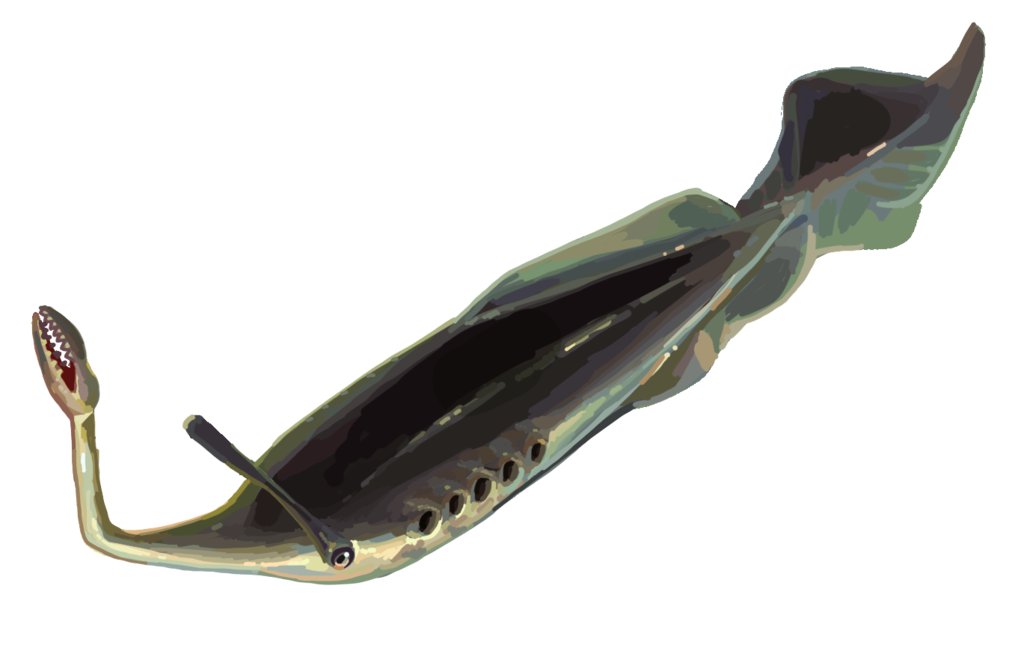
The Tully Monster’s anatomy presented researchers with a biological puzzle unlike any other fossil creature. Its most distinctive feature was a long, flexible proboscis ending in what appeared to be a claw-like structure containing teeth or tooth-like serrations, suggesting a predatory lifestyle. Equally bizarre were its eyes, positioned at the ends of a rigid bar extending sideways from the body – an arrangement not seen in any living animal group. The main body appeared segmented and tapered toward a tail that some researchers interpreted as having fin-like structures. Adding to the confusion, some specimens seemed to show traces of a notochord (a flexible rod-like structure found in vertebrates and their closest relatives), while others appeared to have gill-like pouches. These contradictory anatomical clues led to decades of scientific debate, with researchers unable to confidently determine which features were genuine biological structures versus artifacts of preservation.
The State Fossil Status: Famous Yet Mysterious

Despite its enigmatic nature – or perhaps because of it – the Tully Monster captured public imagination and became an unlikely paleontological celebrity. In 1989, Illinois designated Tullimonstrum gregarium as the official state fossil, recognizing its importance to the region’s natural heritage. This unusual creature began appearing on Illinois license plates, stamps, and in museum exhibitions across the state. The Field Museum in Chicago developed extensive educational programs around the fossil, using its mysterious nature to teach visitors about the scientific process. What made this situation particularly remarkable was that Illinois had elevated to state symbol status a creature that scientists still couldn’t confidently place on the tree of life. The Tully Monster became a perfect emblem of science as an ongoing process rather than a static collection of facts, with each new study bringing researchers incrementally closer to solving the century-long mystery.
The Vertebrate Hypothesis Emerges
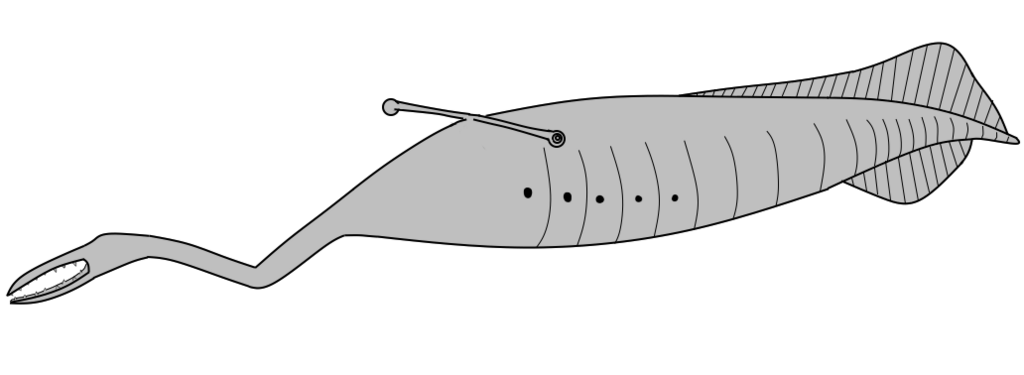
A significant turning point in the Tully Monster saga came in 2016 when a team of researchers led by Victoria McCoy published a groundbreaking study in the journal Nature. Using advanced analytical techniques on hundreds of specimens, the team identified what they interpreted as a notochord, gill pouches, teeth made of keratin, and other features consistent with vertebrate anatomy. Specifically, they proposed that the Tully Monster belonged to the cyclostomes – the group that includes modern lampreys and hagfish. This classification would make Tullimonstrum a primitive jawless vertebrate with highly modified anatomy. The study generated significant excitement in the scientific community, as it seemed to finally resolve the creature’s taxonomic placement. Many museums and textbooks quickly updated their information, presenting the Tully Monster as an early, albeit bizarre, vertebrate that represented an unexpected branch on our own family tree.
The Counter-Evidence and Competing Theories
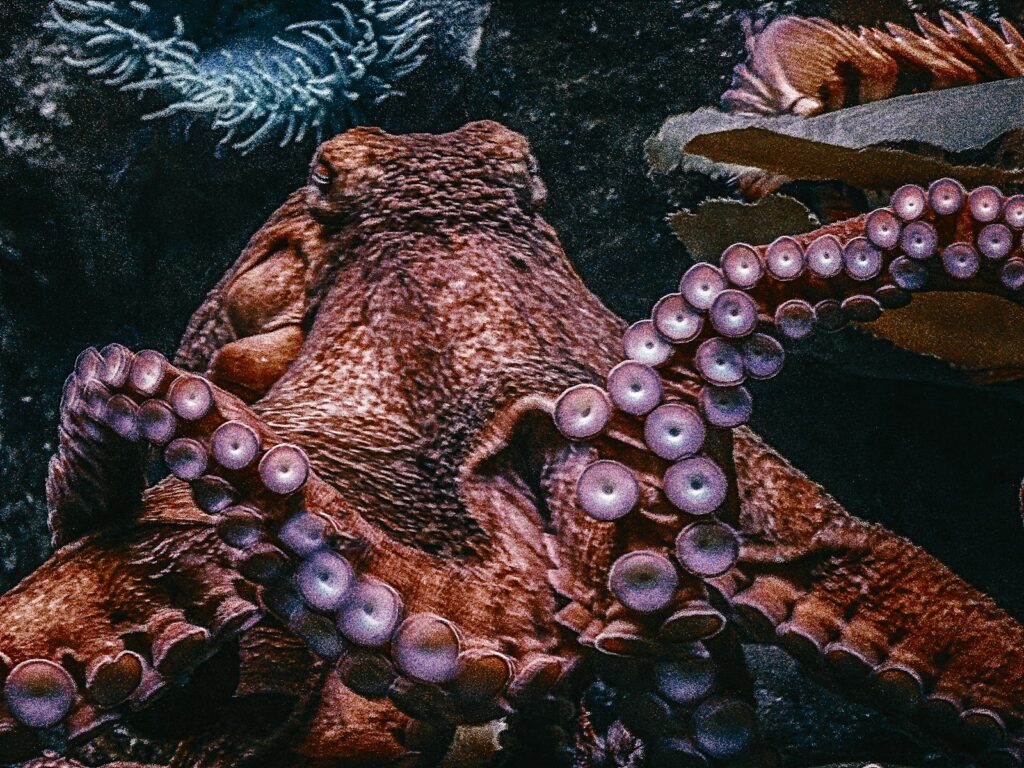
The vertebrate classification was not without controversy, and competing evidence soon emerged to challenge this interpretation. In 2017, a separate research team led by Lauren Sallan published findings suggesting the Tully Monster lacked key vertebrate characteristics. Their analysis concluded that what had been identified as a notochord was likely an artifact of preservation, and that the creature’s supposed gill pouches did not show the defining features of vertebrate gills. Moreover, their examination of the eye structure revealed significant differences from vertebrate eyes, instead bearing more similarities to those of certain invertebrates. Alternative classifications were proposed, with some researchers suggesting affinities with mollusks, particularly with the cephalopods (the group containing octopuses and squids), based on similarities in feeding apparatus and other anatomical details. Other scientists proposed connections to various extinct invertebrate groups, highlighting how the Tully Monster might represent an evolutionary experiment from a lineage that left no modern descendants.
Advanced Imaging Techniques Bring New Insights

The ongoing debate about the Tully Monster’s classification benefited enormously from technological advancements in fossil analysis. Synchrotron radiation X-ray tomographic microscopy allowed researchers to examine the internal structure of fossils without destroying them, revealing details previously hidden from view. Scanning electron microscopy enabled scientists to analyze the molecular composition of preserved tissues, distinguishing between original biological structures and later mineral replacements. Elemental mapping techniques identified traces of original chemical components, providing clues about soft tissue composition. These advanced methods allowed paleontologists to revisit the Tully Monster with increasingly sophisticated tools, each generation of researchers building upon previous work. The application of these technologies to the Mazon Creek fossils exemplifies how paleontology continues to evolve as a science, with new methods constantly refining our understanding of ancient life forms.
Chemical Analysis Reveals Critical Evidence

A breakthrough in understanding the Tully Monster came through sophisticated chemical analysis of its fossilized tissues. In studies published between 2019 and 2021, researchers used synchrotron-based X-ray fluorescence and X-ray absorption spectroscopy to analyze the chemical makeup of preserved structures in multiple specimens. These techniques revealed distinct chemical signatures associated with different anatomical features, helping distinguish genuine biological structures from minerals that had formed during fossilization processes. Particularly significant was the discovery of melanin-derived compounds in the eye regions, consistent with patterns seen in vertebrate eyes rather than invertebrate visual structures. Additional analysis of what appeared to be muscle tissues showed protein degradation patterns more consistent with chordate musculature than with that of various invertebrate groups. These chemical signatures provided a new line of evidence that helped researchers evaluate competing hypotheses about the creature’s phylogenetic placement, gradually narrowing the range of plausible classifications.
The Jawless Fish Consensus Emerges
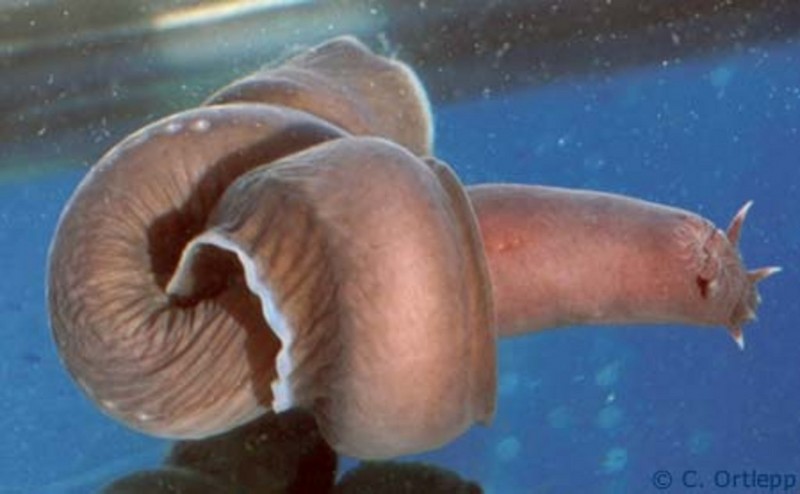
After decades of uncertainty and competing interpretations, a scientific consensus began to solidify around 2020-2021, classifying the Tully Monster as a highly specialized, primitive vertebrate related to modern lampreys and hagfish. This conclusion was reached through the convergence of multiple lines of evidence: anatomical studies showing gill structures consistent with vertebrate respiratory systems, chemical analysis revealing melanin patterns typical of vertebrate eyes, and phylogenetic analyses that consistently placed Tullimonstrum within early vertebrate lineages. Researchers now generally interpret the creature’s bizarre eye-bar as an extreme adaptation for improved vision in murky waters, while its proboscis likely represents a highly specialized feeding apparatus evolved for a specific ecological niche. The creature’s unusual body proportions and features suggest it occupied an ecological role without modern analogues, highlighting how ancient ecosystems contained organisms that evolved along evolutionary pathways very different from surviving lineages.
Why Classification Took a Century: Lessons for Science
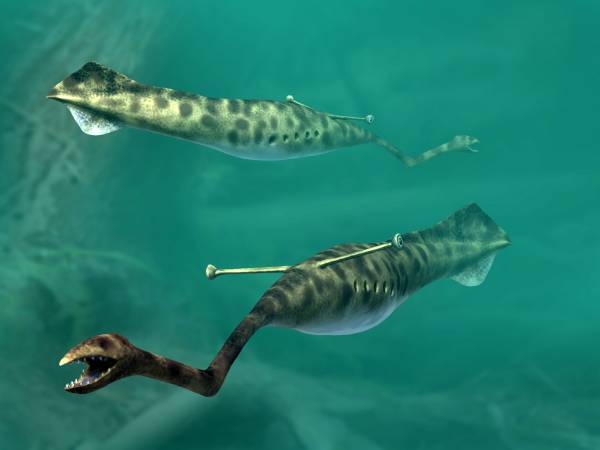
The century-long journey to classify the Tully Monster offers profound insights into how science progresses. Several factors contributed to the extended timeline of this paleontological mystery. First, the fossil’s preservation in flattened ironstone concretions made three-dimensional interpretation challenging, as critical anatomical details were compressed and sometimes distorted. Second, the creature’s unique combination of features had no clear modern analogues, forcing scientists to reconsider established categories. Third, the taxonomic frameworks themselves evolved over the decades, with new understanding of evolutionary relationships requiring reassessment of where Tullimonstrum might fit. Perhaps most importantly, scientific technology advanced dramatically over the century, with each new generation of researchers bringing more sophisticated analytical tools to bear on the puzzle. This case demonstrates how science works not through sudden eureka moments but through persistent questioning, reexamination of evidence, and collaborative building upon previous knowledge.
The Tully Monster’s Ecological Significance
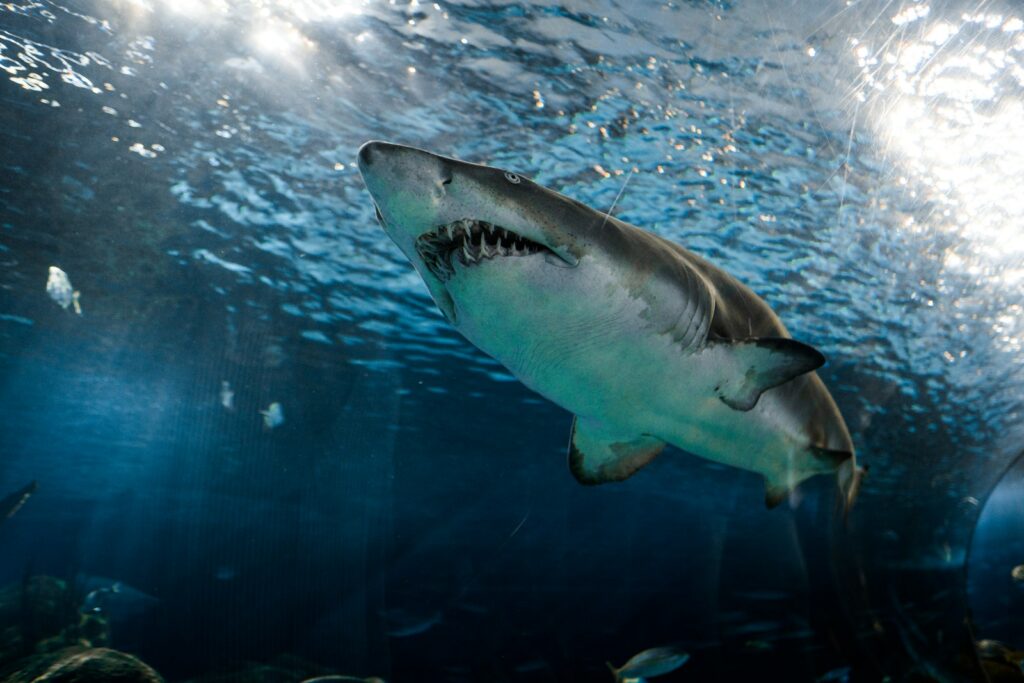
With its classification increasingly settled, researchers have turned attention to understanding the Tully Monster’s ecological role in its ancient environment. The creature inhabited a tropical estuary environment during the Pennsylvanian period, swimming in waters teeming with diverse life forms from primitive sharks to arthropods. Its unusual anatomy suggests a specialized feeding strategy – the elongated proboscis with its tooth-lined claw likely allowed it to capture prey with precision, perhaps extracting soft tissues from within shells or sediment. The bar-mounted eyes would have provided exceptional visual coverage, potentially helping it detect movement in murky waters where visibility was limited. Current interpretations suggest Tullimonstrum represented an early example of extreme morphological specialization, demonstrating how even primitive vertebrate lineages could evolve highly derived anatomical solutions to exploit specific ecological niches. This understanding helps paleontologists reconstruct the complex food webs and ecosystem dynamics of ancient environments that existed long before dinosaurs walked the Earth.
The Legacy of the Tully Monster in Modern Science
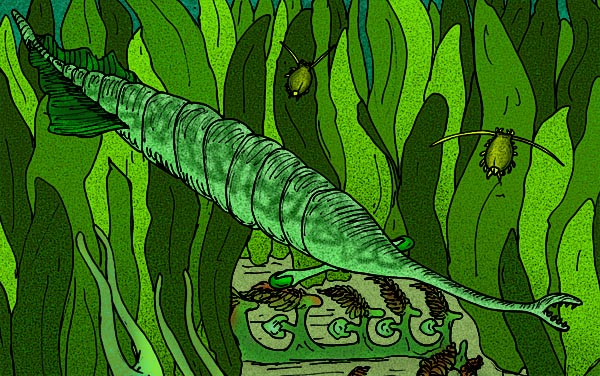
The long journey to classify the Tully Monster has left an enduring impact on paleontology and broader scientific practices. The creature has become a textbook example of how science handles uncertainty, demonstrating the importance of maintaining multiple working hypotheses until evidence clearly favors one interpretation. The fossil has inspired methodological innovations, as researchers developed new techniques specifically to address the challenges presented by the Mazon Creek preservation style. Educational programs have used the Tully Monster story to illustrate how scientific understanding evolves over time, helping combat misconceptions about science as a static body of knowledge. Perhaps most significantly, this case reminds us that nature’s diversity often exceeds our expectations and classifications, with evolution producing organisms that challenge our understanding of biological possibilities. Even as the mystery of Tullimonstrum approaches resolution, it continues to inspire new generations of paleontologists to look more carefully at problematic fossils that might reveal unexpected chapters in life’s history.
The century-long quest to identify the Tully Monster stands as a testament to scientific persistence and the ever-evolving nature of our understanding of ancient life. From its discovery in Illinois coal mines to its eventual recognition as a highly specialized primitive vertebrate, this bizarre creature challenged paleontologists to reconsider established categories and develop new analytical approaches. While a consensus has largely emerged regarding its placement on the tree of life, the Tully Monster’s strange anatomy continues to remind us that evolution’s experiments have produced organisms far more diverse and unusual than we might imagine. More than just a paleontological curiosity, Tullimonstrum gregarium represents how science works across generations, with each new study building incrementally upon previous knowledge until even the most perplexing mysteries gradually yield their secrets.



